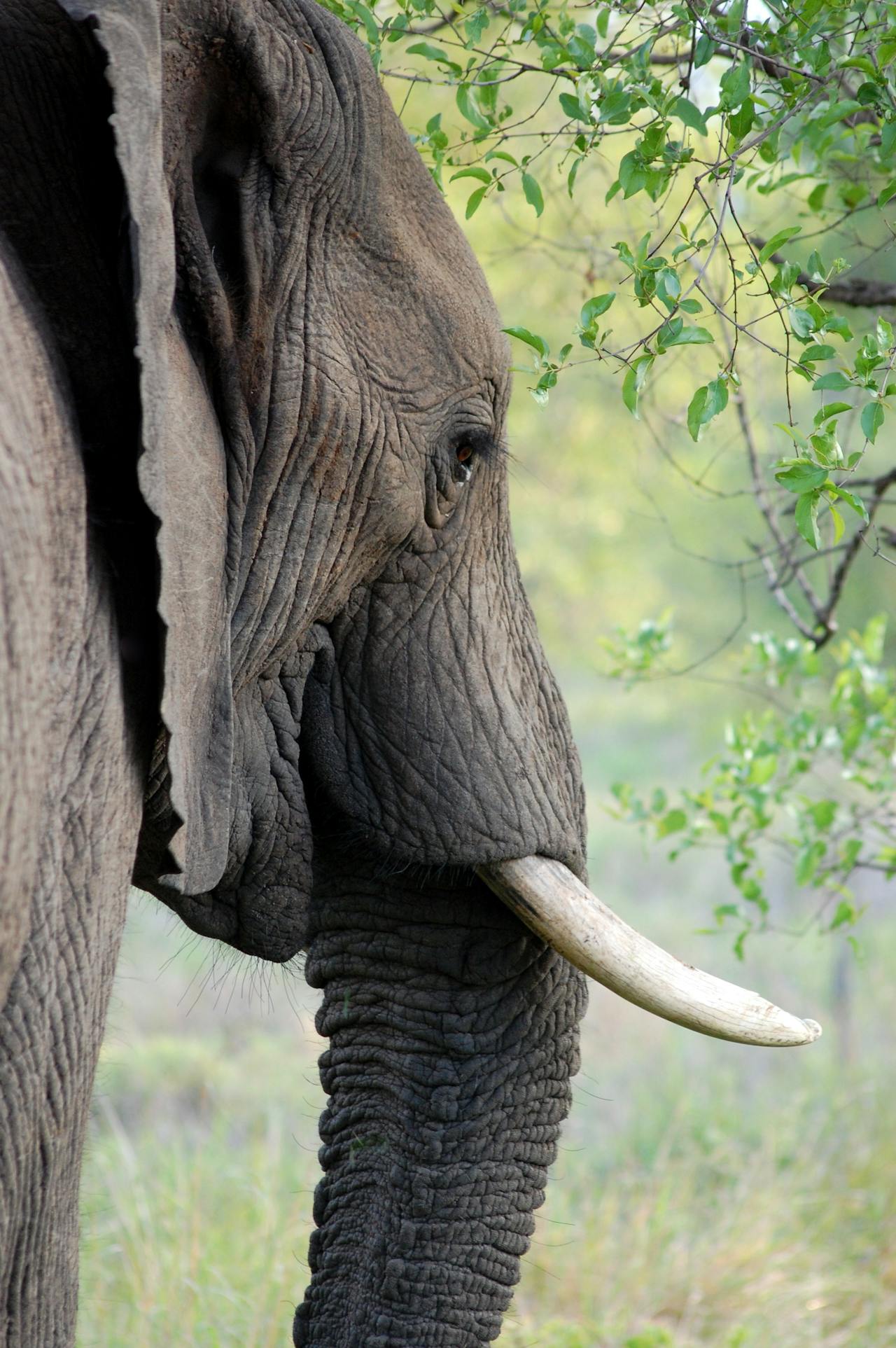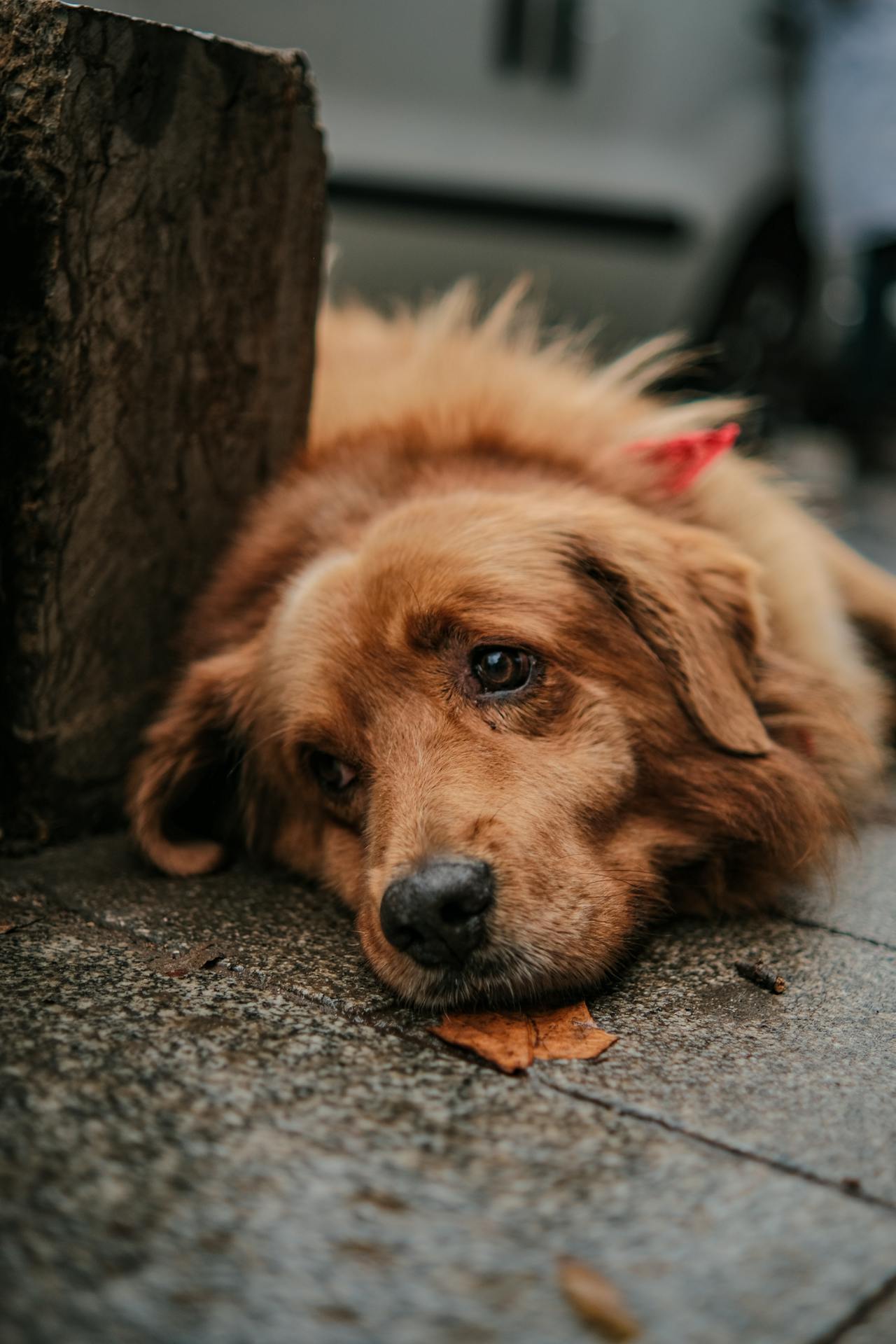
Can animals grieve? When farewell is also felt in the animal world
The loss of a loved one leaves its mark on our hearts. But what about animals? Can they grieve as well? Or are we merely projecting our own human emotions onto them? Scientific studies and personal observations show that animals perceive farewells, sense losses, and respond to them. Their grief may look different from ours, but it is there—palpable, visible, and often deeply moving.
How animals deal with death
What exactly happens when animals lose a companion? Studying grief in animals is not easy, as they cannot express their emotions in words like we do. However, their behavior and biological measurements provide clear indications:
- Elephants often linger for days at the remains of their fellow elephants. They gently touch them, behave unusually quietly, or repeatedly return to the place of death (Douglas-Hamilton et al., 2006).
- Dogs and cats often react to the loss of a close companion with loss of appetite, apathy, or desperate searching for the deceased. Studies show that dogs, in particular, can have strong reactions to the death of their human (Archer & Winchester, 1994).
- Dolphins have been observed "calling" for deceased companions or carrying the body of their dead calf at the water's surface for hours or even days (Bearzi et al., 2018).
- Primates often care for deceased group members as if refusing to accept their death. Chimpanzee mothers sometimes carry their dead infants with them for weeks (Anderson, 2011).
- Birds such as parrots and swans also exhibit deep bonds. Some refuse to eat after the death of their partner, while others withdraw and remain unusually silent (Pepperberg, 2002).
These observations show that grief is not exclusive to humans. However, the question remains: Is it truly grief in the human sense?
Animals do not have concepts of death or impermanence as we do. However, their reactions to loss indicate that they sense something is missing. A companion, a caretaker, a pack member—these absences are felt and not simply ignored. Furthermore, researchers have found that in some species, cortisol levels rise after a loss, a clear sign of stress (McComb et al., 2001).

Personal observations: When pets feel their losses
Anyone who lives with animals may have witnessed it firsthand:
- A cat that repeatedly returns to its late owner's favorite chair and sleeps there.
- A dog that roams restlessly through the house, endlessly searching for its deceased friend.
- A horse that suddenly becomes quiet and withdrawn after its longtime stable companion is gone.
There are countless stories like these. They show that our pets do not simply accept death. More than that, such observations highlight that they keenly feel the emptiness left by the loss of a companion. Whether it is a human or an animal friend makes little difference.

What does that mean for us?
The realization that animals grieve changes our perspective on them. They are not emotionless beings driven solely by instinct. Animals form bonds, experience loss, and sometimes find their own ways to cope with goodbyes. When a pet loses a companion, it needs time, attention, and our compassion. Patience, care, and small rituals can help them process the loss. Ultimately, animal grief reveals something profound: they love. They remember. And they feel—just like we do.
Grief is not solely a human experience. It runs through the animal kingdom, demonstrating the depth of social bonds in nature. Whether elephant, dolphin, dog, or bird—their reactions to loss are touching and remind us to treat our animal companions with even greater respect and empathy. In the end, it is perhaps this very capacity for connection that brings humans and animals so close together.
Sources:
Douglas-Hamilton, I., Bhalla, S., Wittemyer, G., & Vollrath, F. (2006). “Behavioural reactions of elephants towards a dying and deceased matriarch.” Applied Animal Behaviour Science.
Archer, J., & Winchester, G. (1994). “Bereavement in companion animals.” Anthrozoos.
Bearzi, G., Kerem, D., & Mourão, F. (2018). “Dolphin grief: Behavioral evidence of responses to dead conspecifics.” Marine Mammal Science.
Anderson, J. R. (2011). “A primate’s perspective on death.” American Journal of Primatology.
Pepperberg, I. M. (2002). “The Alex studies: Cognitive and communicative abilities of grey parrots.” Harvard University Press.
McComb, K., Baker, L., & Moss, C. (2001). “Elephant cognition and behavior.” Current Biology.

